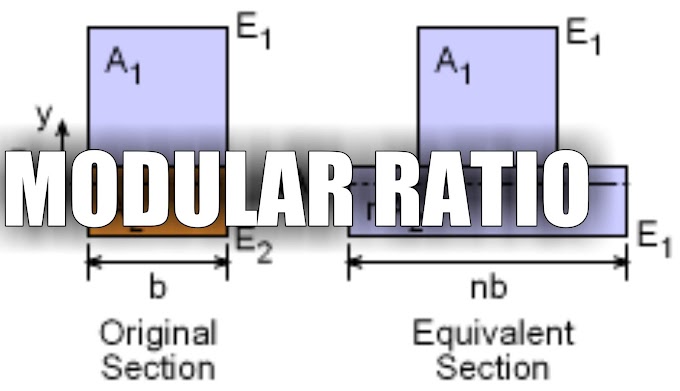Pedestrian Crossing
Pedestrian Crossing is the predefined pathway designated for people to cross on the other side of the road. These are provided either at the intersection or at a mid-block section where supposedly the number of people gathering to cross is large. These crossings can be either controlled or uncontrolled. This factor is especially important in mid-blocks where the pedestrians if not provided with a signalized crosswalk try to accept the gaps in between the vehicles to reach the other side. Pedestrians must be provided with a direct shortest route to the other side of the carriageway and thus the most preferred choice is the at grade crossing (IRC:103-2012).
Principles of pedestrian crossings
- Pedestrians must be given the shortest path to cross the road and therefore the most preferred choice for the crossing is at grade crossing.
- Mid-block crossings should be provided for pedestrians to access the building, bus stops, and other important active land use on the other side of the road safely.
- At grade crossing must be provided at all necessary mid-block sections and near the junctions, whereas grade-separated crossing must be provided at locations with high traffic volume and multi-lanes.
Classification
Pedestrian crossings can be divided into two categories.
- At grade Crossing
- Grade separated Crossing
At grade crossing
In the at grade crossing category the pedestrian crossing and the vehicular movement are at the same grade and thus physically interact with each other. At grade crossings are quite common in cities and towns. At grade crossing is provided at the section where the pedestrians are given the priority. Thus, it enables them to reach the other side from the shortest path.
- Controlled Crossing
- Uncontrolled Crossing
Controlled Crossing:
A zebra crossing is provided at the site whether the intersection is signalized or unsignaled. Pedestrians have the right of movement when they are in the zebra crossing. Pedestrians have a sense of security when crossing at controlled crossings. The time required by the pedestrian in crossing to clear the intersection must be inevitably integrated with the overall design of the intersection.
Uncontrolled Crossing:
In this type of crossing, pedestrian crosswalk is marked by a paint line and is not controlled by any signal system. The crossing is left uncontrolled only when both the traffic and pedestrian volume is very low. Pedestrians do not have the right of way and thus, they are at a higher risk in such crossings.
The mid-block crossing must always be accompanied by a suitable pedestrian crossing sign. The sign must be so located that it is visible to the drivers. Guard rails provided should open at the crossing only.
Grade separated crossing
In the grade-separated type infrastructure facilities like overpass or underpass are provided to avoid the pedestrian from coming in contact with the vehicles. They are provided to avoid congestion which may occur due to high pedestrian volumes. This infrastructure can also be provided in case if the number of lanes is large and the road is an expressway or a highway where high-speed traffic runs.







0 Comments